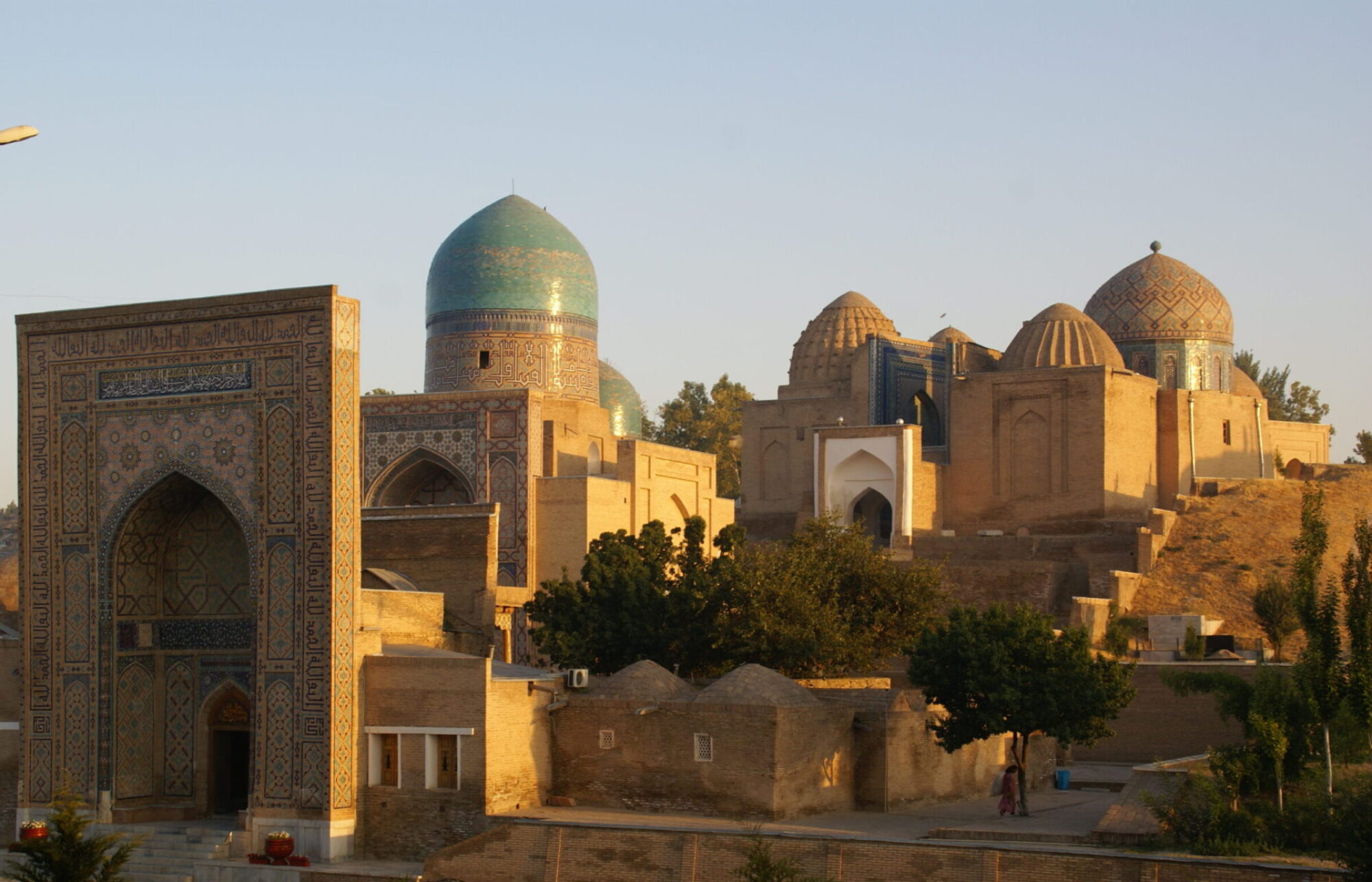The stanzaic poem or muxammas is one of the more popular verse forms in Badakhshan, occurring both in madâh and in other performance‑genres.
The muxammas can be split into two groups, namely the secular muxammas and the muxammas in madâh. The secular and the religious muxammases form two separate corpora: one is used in madâh, and the other in secular performances. It could be that there are muxammases which occur both in madâh and in secular performance‑genres, but the recordings do not indicate this. (S12 is the only exception – this muxammas seems to be neither specifically religious nor secular.)
A recurrent theme of the religious muxammas is praise of ‘Alî and his companions, and sometimes of ‘Alî as one of the twelve Imâms venerated in Twelver‑Shî‘ism, but other themes also occur, such as the tragic story of the deceased son of the poet in M5.
The metre of the performed texts is often irregular, although a general pattern corresponding to one of the ‘arûz‑metres can be found.
In most cases, the structure of the muxammas in madâh consists of a stanza of four rhyming half lines followed by a refrain of either a line or a half line. The characteristic form of the muxammas is a varying number of stanzas each followed by a refrain‑line. The first stanza has the same rhyme as the refrain‑line: the other stanzas may have any rhyme. The refrain‑line is often the same throughout the poem, but in some cases the refrain differs after each stanza, as an adaptation to the contents of the stanza. The rhyme or radîf of the refrain‑line does not change during the poem; this refrain is the uniting principle of the muxammas. The majority of the stanzas in a muxammas have the following rhyme‑scheme:
aaaa (1st stanza)
a(a) (refrain‑line) +
bbbb (2nd stanza)
a(a) (refrain‑line),

